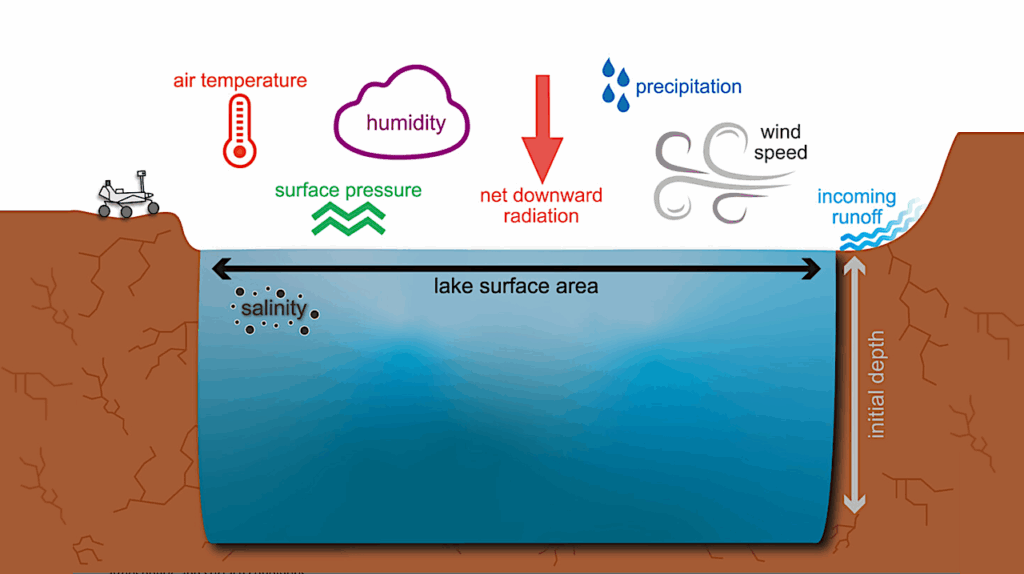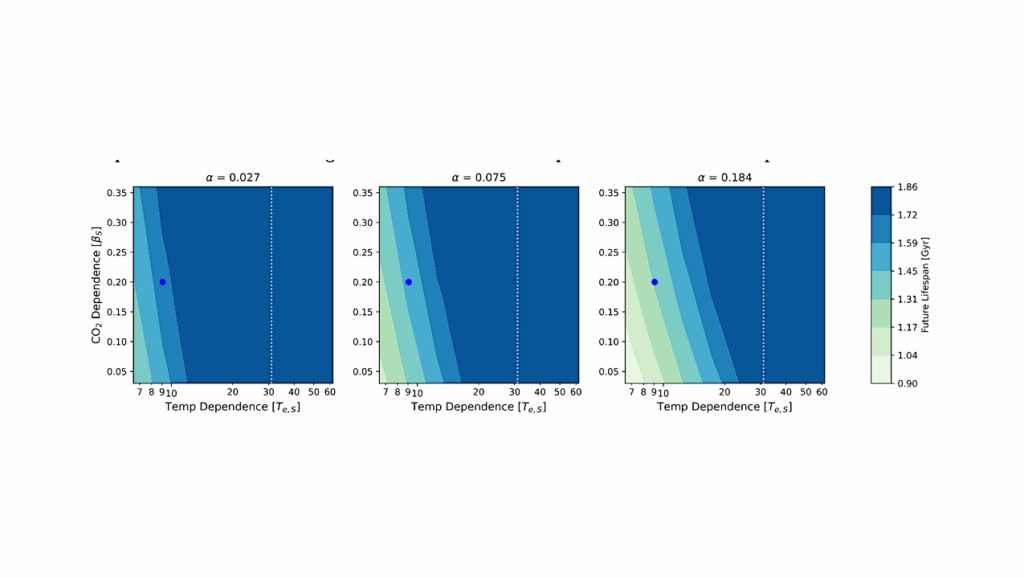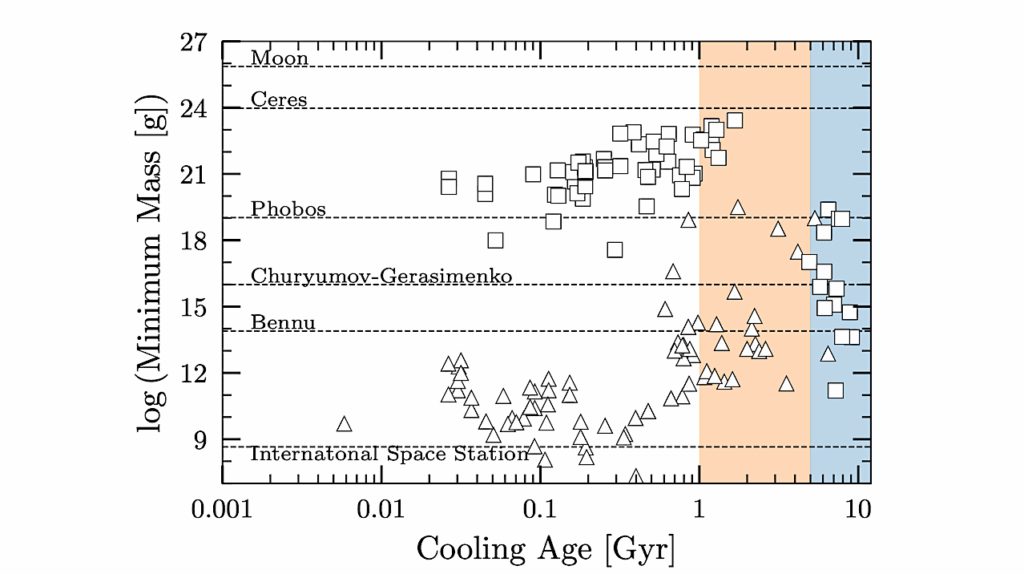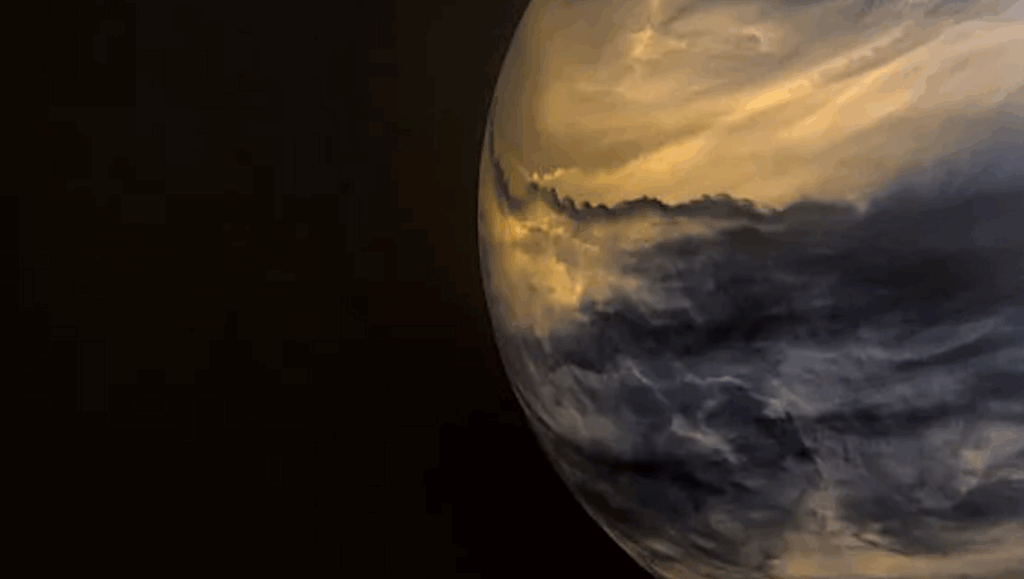Where Are The Water Worlds? Identifying The Exo-water-worlds Using Models of Planet Formation and Atmospheric Evolution

Planet formation models suggest that the small exoplanets that migrate from beyond the snowline of the protoplanetary disk likely contain water-ice-rich cores (∼50% by mass), also known as the water worlds.
While the observed radius valley of the Kepler planets is well explained with the atmospheric dichotomy of the rocky planets, precise measurements of mass and radius of the transiting planets hint at the existence of these water worlds. However, observations cannot confirm the core compositions of those planets owing to the degeneracy between the density of a bare water-ice-rich planet and the bulk density of a rocky planet with a thin atmosphere.
We combine different formation models from the Genesis library with atmospheric escape models, such as photo-evaporation and impact stripping, to simulate planetary systems consistent with the observed radius valley. We then explore the possibility of water worlds being present in the currently observed sample by comparing them with the simulated planets in the mass-radius-orbital period space.
We find that the migration models suggest ≳10% and ≳20% of the bare planets, i.e. planets without primordial H/He atmospheres, to be water-ice-rich around G- and M-type host stars respectively, consistent with the mass-radius distributions of the observed planets. However, most of the water worlds are predicted to be outside a period of 10 days. A unique identification of water worlds through radial velocity and transmission spectroscopy is likely to be more successful when targeting such planets with longer orbital periods.
Aritra Chakrabarty, Gijs D. Mulders
Comments: Resubmitted to ApJ, a csv file containing analyzed observational data is attached
Subjects: Earth and Planetary Astrophysics (astro-ph.EP); Solar and Stellar Astrophysics (astro-ph.SR)
Cite as: arXiv:2310.03593 [astro-ph.EP] (or arXiv:2310.03593v1 [astro-ph.EP] for this version)
https://doi.org/10.48550/arXiv.2310.03593
Focus to learn more
Submission history
From: Aritra Chakrabarty
[v1] Thu, 5 Oct 2023 15:15:27 UTC (1,899 KB)
https://arxiv.org/abs/2310.03593
Astrobiology








